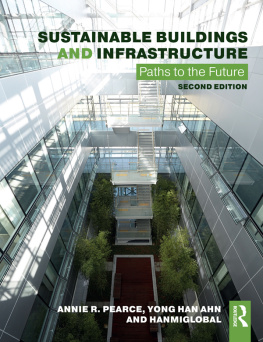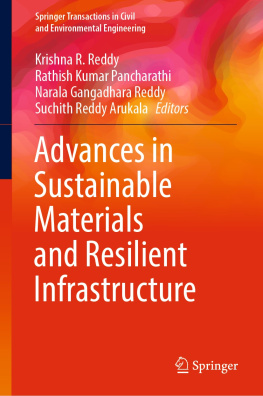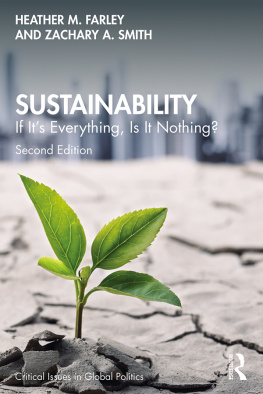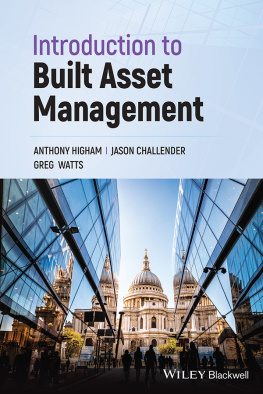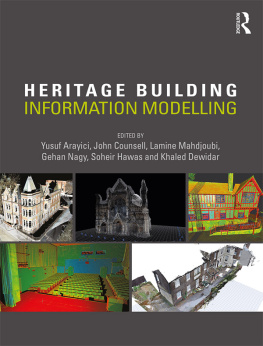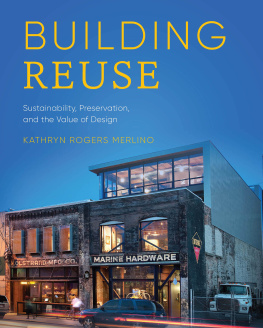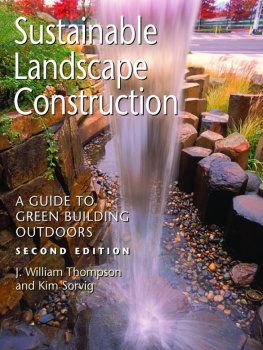Second edition published 2018
by Routledge
2 Park Square, Milton Park, Abingdon, Oxon OX14 4RN
and by Routledge
711 Third Avenue, New York, NY 10017
Routledge is an imprint of the Taylor & Francis Group, an informa business
2018 Annie R. Pearce, Yong Han Ahn and HanmiGlobal
The right of Annie R. Pearce, Yong Han Ahn and HanmiGlobal to be identified as authors of this work has been asserted by them in accordance with sections 77 and 78 of the Copyright, Designs and Patents Act 1988.
All rights reserved. No part of this book may be reprinted or reproduced or utilised in any form or by any electronic, mechanical or other means, now known or hereafter invented, including photocopying and recording, or in any information storage or retrieval system, without permission in writing from the publishers.
Trademark notice: Product or corporate names may be trademarks or registered trademarks, and are used only for identification and explanation without intent to infringe.
First edition published by Routledge 2012
British Library Cataloguing-in-Publication Data
A catalogue record for this book is available from the British Library
Library of Congress Cataloging-in-Publication Data
Names: Pearce, Annie R., author. | Ahn, Yong Han, author. |
Hanmi Kullobol Chusik Hoesa, author.
Title: Sustainable buildings and infrastructure : paths to the future /
Annie R. Pearce, Yong Han Ahn and HanmiGlobal.
Description: 2nd edition. | New York, NY : Routledge, 2018.
| Includes bibliographical references and index.
Identifiers: LCCN 2017007169 | ISBN 9781138672239
(hardback : alk. paper) | ISBN 9781138672253 (pbk. : alk. paper) |
ISBN 9781315562643 (ebook: alk. paper)
Subjects: LCSH: Sustainable construction.
Classification: LCC th880 .P43 2018 | DDC 720/.47 dc23
LC record available at https://lccn.loc.gov/2017007169
ISBN: 978-1-138-67223-9 (hbk)
ISBN: 978-1-138-67225-3 (pbk)
ISBN: 978-1-315-56264-3 (ebk)
Typeset in Palatino and Frutiger
by Florence Production Ltd, Stoodleigh, Devon, UK

by Jorge A.Vanegas
Over the last three decades, the call in 1987 from the United Nations World Commission on Environment and Development for an approach to development that meets the needs of the present without compromising the ability of future generations to meet their own needs , has been discussed among, and debated by, thought leaders across all sectors of society, industry, business, government and academia. From attempting to ensure that development explicitly addresses the Triple Bottom Line of social, ecological and economic performance, to promoting the development of environmentally friendly products, goods, processes, services, business models, and lifestyles, the quest for sustainability is no longer a fringe activity, and instead has become a global quest that has galvanized a wide and diverse range of constituencies to action. However, three challenges still remain.
The first challenge is the need for explicit collaboration and alignment among this range of constituencies in this global quest for sustainability: (1) from private and public sector organizations ranging from federal, state and local government agencies, corporations, the military services, non-governmental organizations (NGOs), and civic activist groups; (2) through practitioners, researchers and educators in the physical, life and social sciences, in the transportation, energy, healthcare, education, financial, agricultural, manufacturing and other industries, and in planning, architecture, the many disciplines of engineering and construction, among so many more; and (3) to individuals, families and communities, in urban, suburban and rural settings. Bringing together such a diverse range of constituencies requires identifying common imminent threats, common compelling opportunities, and common values and beliefs, all from the perspective of the full scope and context of sustainability.
The second challenge is the need to clearly understand that the intellectual foundation of sustainability cuts across existing disciplines and cultural practices, each tending to have its own specialized vocabulary, disciplinary composition, and selective focus. In addition, within the current context of existing and extremely large data sets, which are associated with the multiple dimensions of sustainability, some of the data on patterns, trends, and associations, especially those relating to human behavior and interactions, are aligned with each other, and some are in direct conflict with each other. For example, there are sustainability principles, concepts, heuristics, strategies, guidelines, specifications, standards, best practices, lessons learned, processes, and tools. Knowing how to access and select what is relevant and applicable for a given constituency from this extensive body of knowledge and experience is not an easy task.
Finally, the third challenge is establishing what sustainability is from a specific Architecture, Engineering and Construction (AEC) industry point of view, and more specifically, establishing what Built Environment Sustainability (BES) is, particularly given that the AEC industry is both a provider and a custodian of industrial, residential and non-residential facilities, as well as the civil infrastructure systems that provide the lifelines of any society including water, energy, transportation, communication, solid waste, sewage, among others. As documented extensively over the last few years, what the AEC industry does (its projects), how the industry does it (the processes it follows in doing them), with what the industry does what it does and how (the resource base it uses in their delivery and use), and where and when (their specific contextual envelope), results in a significant yearly volume of economic activity, and also, in major direct and indirect impacts, such as (1) natural resource consumption, degradation and depletion, (2) excessive energy and water consumption, (3) waste generation and accumulation, and (4) environmental impact and degradation. First, and foremost, BES is about People ; it is about continuously enabling, maintaining and enhancing the quality of life of people within families, communities, organizations and society. Second, to achieve this goal, BES requires continuously enabling, maintaining and enhancing the quality and the integrity of four other elements: (1) the performance of the Built Environment , i.e. facilities and civil infrastructure systems; (2) the performance of the Industrial Base of production systems for products, goods and services; (3) the health of the Natural Environment , i.e. air, water, soil and biota; and (4) the availability of the Resource Base , i.e. social, built, industrial, natural and economic capital. In addition, BES requires managing effectively the influences that affect it, which stem from Social, Cultural, Political, and Regulatory Systems , from Economic and Financial Systems , and from Environmental and Ecological Systems . These systems define the contextual envelope, within which people, the built environment, the industrial base, the natural environment and the resource base co-exist, and furthermore, they also establish the nature and the complexity of the interrelationships and interdependencies among them. Finally, BES requires framing these elements and their contextual envelope within a spatial scale (e.g. from a site, local, state and regional footprints, to a national and global footprints), and a temporal scale , from today (the present) to tomorrow (the future).
This ambitious, comprehensive and timely textbook provides an excellent response to these challenges, and offers the AEC industry both a solid reference book and a practical guide for transitioning towards BES. With the drivers and history of sustainability within the built environment from a global perspective as a point of departure, followed by a general overview of sustainability policies, programs and systems for rating green buildings, the authors have done an outstanding job in identifying specific opportunities and best practices for embedding sustainability across the main stages of execution of building and infrastructure capital projects: from project planning and pre-design, through design and construction; to post-occupancy. They conclude by making the business case for BES, and by identifying future trends for sustainable design and construction. One of the strengths of the book is the presentation and discussion of a wide range of relevant case studies that illustrate the specific content of each chapter. While the book is primarily targeted at students of construction management and the built environment, the wealth, breadth and depth of information provided and topics covered should be of great value and interest for anyone interested in the practical implementation of BES.

